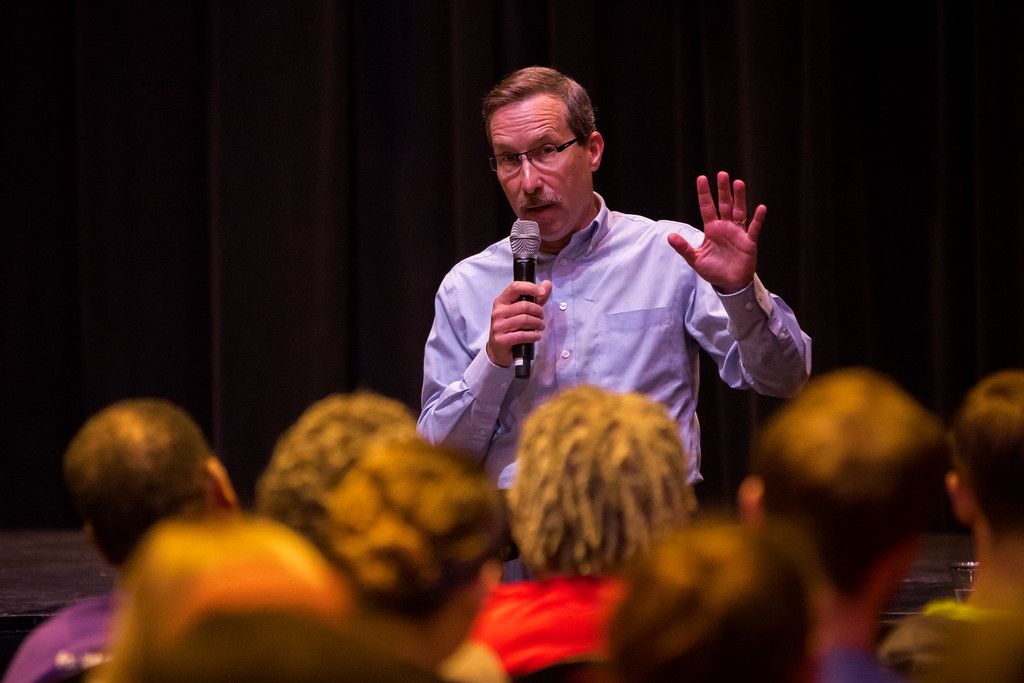by Bruce T. Gourley
Published November 2010
(Baptist Studies Bulletin Archives Index)

In 1830, the Philadelphia public library yet refused to carry books about Thomas Jefferson, the former U.S. president and Baptists’ ally in securing religious liberty and separation of church and state in America. Jefferson was banned from library shelves because of the lingering belief, among many conservative Christians and politicians, that Jefferson was a heretic, infidel, and even an atheist, as evidenced by his role in establishing the nation’s secular government.
That same year, Joseph Smith, claiming a commission from God to restore the true church, published his Book of Mormon and organized the Church of Jesus Christ of Latter-Day Saints. Sidney Rigdon, the former pastor of the First Baptist Church of Pittsburgh (Penn.), became enamored of Smith’s claims of a restored church and led a large contingent of his then-Ohio congregation into the Mormon Church. Many considered him the first theologian of the Mormon Church. Others attributed even greater significance to his role in the founding of Mormonism: in 1891, Baptist historian and Southern Baptist Theological Seminary professor William H. Whitsitt finished a (yet unpublished) manuscript entitled, Sidney Rigdon, The Real Founder of Mormonism.
Also in 1830, the Disciples of Christ severed ties with Baptists, disagreeing with some Baptists’ use of confessions of faith and arguing that Christian unity could only be achieved through the early Christian affirmation of Jesus as Lord.
In 1832, the Vermont Telegraph, a Baptist paper, published a sixteen-part series of articles by William Miller, a Baptist layman and self-taught Bible student from upstate New York. The articles explained Miller’s belief that Christ would return to the earth no later than 1843. The controversial claim launched Miller on the speaking circuit and garnered a wide following. He soon left Baptist life and formed the Millerite movement, eventually renamed the Seventh Day Adventist Church.
The same year, Presbyterian minister James R. Willson published a sermon that embodied a significant religious tension underlying the times. Expressing the frustration of many of his fellow orthodox Protestants, Willson railed against the founding of the American nation on godless principles, excoriated the nation’s founders for separating church from state, and condemned all seven U.S. presidents up to that time as evil men (for being accomplices in the founding and propagating of America as the world’s first secular nation).
All of these events took place against the backdrop of larger religious currents in America. The Second Great Awakening was drawing to a close. The birthing of the public school movement was taking place, a shift away from Protestant Christian control of educational processes in America. Historian Nathan Hatch argues that the year 1830 marked the culmination of the democratization of American Christianity. The first edition of The Protestant journal appeared in 1832, one of the earliest publications of anti-Catholic/nativist literature and an opening salvo in a long-running, bitter Protestant campaign against Catholics. Massachusetts in 1833 became the last state to renounce state religion. And in 1835 Alexis de Tocqueville published Democracy in America, observing that Americans consider religion “indispensable to the maintenance of republican institutions.”
